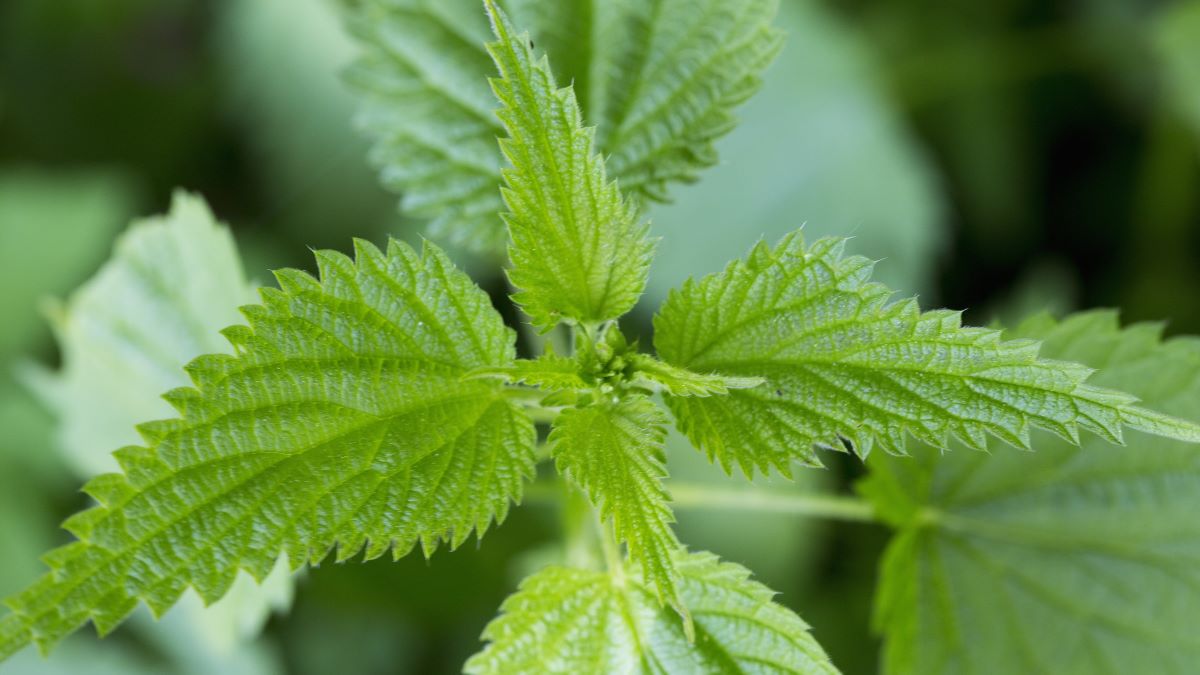Ever had to take part in a work team-building exercise? Found the newspaper tower or human knot a little tiresome?
Consider yourself lucky the exercise wasn’t stinging each other with nettles to test different remedies.
That was the pursuit of a group of emergency department doctors at Victoria Hospital in Kirkcaldy, Scotland.
From the judicious analysis of ITCH and OUCH scores (yes, really), the researchers have found that lettuce works just as well as the age-old dock leaf remedy for treating stings.
The doctors suspect that the lettuce and dock leaf might not treat nettle stings better than doing nothing at all, but they didn’t test this.
Their results are published in Emergency Medicine Journal.
Stinging nettles (Urtica dioica) are native to Europe and parts of Asia and Africa, and grow in abundance in the UK. They grow as weeds in many other parts of the world, including Australia.
Nettle leaves and stems are covered with tiny hairs that snap off when touched, injecting a painful combination of histamine, acetylcholine and serotonin into the skin. This causes a painful, itchy red rash, clinically termed “urticaria”.
A common folk treatment for nettle stings is to find a dock leaf (Rumex obtusifolius), which often grows nearby, and rub it on the sting. This treatment was mentioned by Geoffrey Chaucer in Troilus and Criseyde, so it’s at least 600 years old.
But, write the researchers, there is “no convincing biochemical mechanism” for why dock leaves work.
“It is possible that rubbing the area and/or the cooling effect of sap evaporating from a crushed leaf may be soothing; if so any large, fresh and non-toxic leaf would do the job,” they write in their paper.
The researchers also point out that there have not been any clinical trials to test the efficacy of dock leaves on nettle stings.
So 9 of them volunteered as study participants for a double-blind, randomised-control trial. They called it the Nettle-induced Urticaria Treatment Study (NUTS).
The doctors brushed both of their bare arms with nettle stems 10 times each. Then, they donned a blindfold, and rolled a die to decide which arm would be rubbed with dock leaves. The other arm, as a control, was rubbed with sweet gem lettuce.
Over the next 20 minutes, the doctors regularly rated their discomfort on a 5-point scale called the Insult to Complete Healing, or ITCH, score.
The researchers also counted the number of red wheals that appeared on their arms over the time period, which they called the Observable Urticaria / Count of Hives, or OUCH, score.
They then guessed which arm had received the dock leaf treatment. Three of the doctors guessed correctly, 3 guessed incorrectly, and 3 weren’t sure, which suggests that the blinding worked properly.
The difference between ITCH and OUCH scores on dock leaf and lettuce arms were not statistically significant. This implies that lettuce may work as well as dock leaves to treat stinging.
The doctors’ pain and discomfort also eased quickly in both arms over the 20-minute period.
“It is possible that the same relief would have occurred with no treatment at all, and our study design does not permit us to conclude that either dock or lettuce is better than simply doing nothing,” write the researchers.
If one arm received no treatment at all, the participants would easily be able to tell which arm had received the dock leaf treatment, so the placebo effect might have skewed the results.
But the researchers point out that leaving nettle stings alone isn’t always feasible.
“Patient/Public Involvement work from other studies suggests that children in particular do not consider doing nothing to be an acceptable option when they are in pain, and we feel this may well be applicable to nettle stings,” they write.
“We conclude that dock leaf may work for nettle stings, lettuce may be just as good, relief comes quickly either way, and research training in Emergency Medicine can be made extremely entertaining.”













/https://tf-cmsv2-smithsonianmag-media.s3.amazonaws.com/filer_public/d1/82/d18228f6-d319-4525-bb18-78b829f0791f/mammalevolution_web.jpg)






Discussion about this post